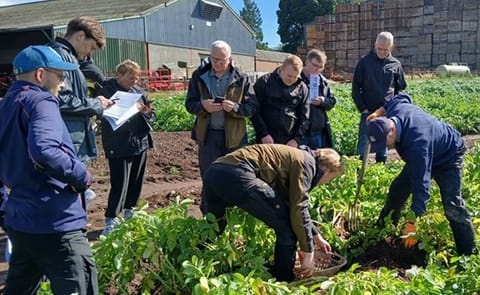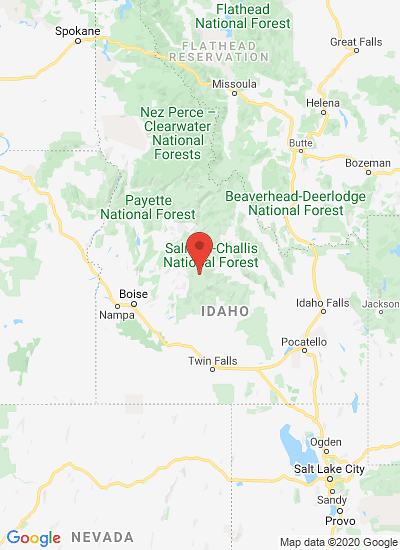Mike Thornton, Ph.D. Professor Parma Research and Extension Center University of Idaho
Focus on Potato: Factors that cause Sugar Ends in Potatoes

Whether you call them glassy ends, translucent ends, dark ends, jelly ends, or something even less flattering, sugar ends are a significant issue.
Sugar ends degrade crop quality, which causes losses for the grower; and they also cause losses for processing plants, which may need to blend loads and change processing protocols to meet product specifications.
Through the latest Focus on Potato webcast, titled "Factors That Cause Sugar Ends in Potatoes" by Dr. Mike Thornton, Professor at the Parma Research & Extension Center of the University of Idaho, offers management tips to avoid this costly issue.
Thornton’s presentation focuses on:
- Key stress factors associated with the development of sugar ends, including soil temperature, soil moisture, and plant maturity.
- The management practices that help reduce this disorder.

Potatoes showing Sugar Ends
By the end of this webcast, consultants, growers and other practitioners in North America will learn to better understand what sugar ends are and how they develop in processing potatoes.
This 15-minute presentation is open access through August 31, 2014.
Other presentations in the Focus on Potato resource can be viewed at www.plantmanagementnetwork.org/fop.
Webcasts on a variety of other crops can be found in PMN’s Education Center.









